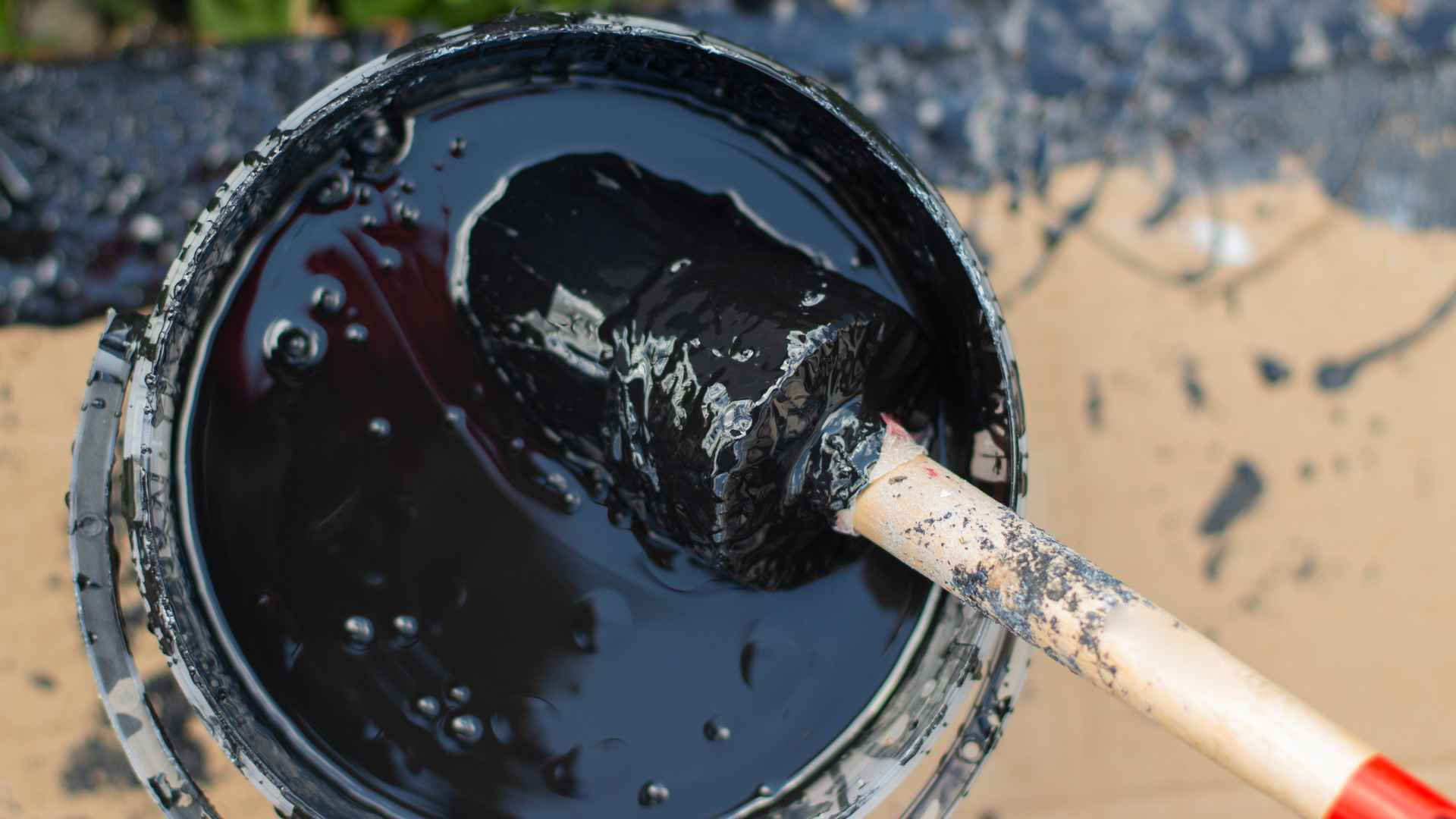
For a climate with high heat and humidity, you need a roofing material that is durable, energy-efficient, and resistant to mold, algae, and moisture damage. Here are the best types of roofs suited for such environments:
Metal Roofing
– Benefits:
Reflective and Energy-Efficient: Metal roofs reflect solar radiation, reducing heat absorption and keeping your home cooler. This can significantly lower cooling costs.
Durable and Long-Lasting: Metal roofing is highly durable, lasting 40-70 years. It is resistant to extreme weather conditions, including high heat, humidity, and heavy rainfall.
Resistant to Mold and Mildew: Metal does not absorb moisture, making it resistant to mold, mildew, and algae growth.
Types: Aluminum, steel, copper, and zinc are popular metal roofing materials, with aluminum and steel being the most common for residential use.
Clay or Terracotta Tiles
– Benefits:
Excellent Insulation: Clay tiles provide natural ventilation under the tiles, which helps regulate indoor temperatures and keeps homes cooler in hot climates.
Highly Durable: They can last over 50 years and are highly resistant to heat, fire, and moisture.
Mold and Rot Resistant: Clay does not absorb water, making it resistant to mold, mildew, and rot.
Aesthetics: Clay tiles provide a classic, Mediterranean, or Spanish-style appearance, which can enhance curb appeal.
– Considerations: They are heavier than other materials, so they may require additional structural support.
Concrete Tiles
– Benefits:
Thermal Insulation: Concrete tiles provide excellent insulation against heat, reducing the need for air conditioning.
Durability: They are resistant to fire, wind, and moisture, with a lifespan of 30-50 years.
Variety of Styles and Colors: Available in a wide range of styles and colors to suit different architectural designs.
– Considerations: Like clay tiles, concrete tiles are heavy and may require reinforced roof framing.
Slate Roofing
– Benefits:
Natural and Highly Durable: Slate is a natural stone that offers excellent resistance to high heat and humidity. It can last over 100 years with proper maintenance.
Energy Efficient: Slate tiles are naturally insulating, helping to maintain cooler indoor temperatures.
Mold and Algae Resistant: Its natural composition makes it resistant to mold, mildew, and algae growth.
– Considerations: Slate is one of the heaviest roofing materials, so additional structural support is necessary.
Cool Roof Shingles (Reflective Shingles)
– Benefits:
Reflective Coating: These shingles are designed to reflect more sunlight and absorb less heat, which helps in reducing cooling costs.
Asphalt Shingle Durability: They offer the same durability as traditional asphalt shingles but with added heat-reflective properties.
Cost-Effective: They are generally more affordable compared to metal, slate, or tile options.
– Considerations: Although they are better than traditional shingles, they may not last as long as metal or tile roofs in extreme conditions.
Synthetic Roofing Materials
– Benefits:
Heat and Moisture Resistant: Synthetic materials like rubber, plastic, and polymer composites are engineered to withstand extreme weather, including high heat and humidity.
Lightweight and Easy to Install: These materials are lighter than clay or concrete tiles, reducing the need for extra structural support.
Aesthetic Versatility: They can mimic the appearance of natural materials like slate or wood while offering superior performance.
– Durability: They are highly durable, resistant to cracking, fading, and moisture damage.
Wood Shakes or Shingles (Cedar)
– Benefits:
Natural Insulator: Wood shingles provide excellent insulation, helping to keep homes cool in hot climates.
Aesthetic Appeal: Wood roofing provides a natural and rustic look that is highly sought after in many architectural designs.
– Considerations: Wood is prone to mold, rot, and insect damage in high humidity, so it requires proper treatment and maintenance.
Green Roofs (Living Roofs)
– Benefits:
Natural Insulation: Green roofs are excellent at regulating indoor temperatures by providing insulation against heat and reducing cooling costs.
Environmental Benefits: They absorb rainwater, reduce runoff, and provide habitat for wildlife.
– Considerations: Green roofs require significant maintenance and a strong roof structure to support the weight.
Conclusion
For hot and humid climates, metal roofing , clay or terracotta tiles , and concrete tiles are generally the best options due to their durability, heat resistance, and ability to handle moisture without developing mold or algae. If you want a more cost-effective solution, consider cool roof shingles or synthetic roofing materials. Always consult with a professional roofing contractor to assess your specific needs, budget, and structural requirements before making a decision.


Sorry, the comment form is closed at this time.